9 Things You Need to Know Before Paddleboarding with Your Child
Due to the tremendous surge in popularity that stand up paddleboarding (SUP) has experienced over the past several years, more families than ever are paddling out together and making lifelong memories. One of the great things about the sport of paddle boarding is the fact that it is a versatile activity that can be enjoyed by anyone, regardless of their age, skill level, or physical condition.
Contents
- TIP #1: Life Jackets/PFDs are a Must-Have SUP Safety Accessory (for both you and your child)
- TIP #2: Make Sure You Have the Right Paddle Board
- TIP #3: Parents Should be Wearing a SUP Leash While Paddleboarding
- TIP #4: Review Paddle Boarding Instructions Prior to Paddling Out
- TIP #5: Choose a Calm Location for Your Paddleboard Activity
- TIP #6: Begin by Kneeling to Improve Your Balance and Stability
- TIP #7: Keep Things Upbeat and Positive
- TIP #8: Sun Protection
- TIP #9: Bring Along Water and Snacks
- A Fun Activity For the Whole Family
In this article, we'll go over 9 important safety tips that everyone should know before bringing small children along for a paddle. Kids really enjoy coming along for the ride, and SUP is a wonderful way to introduce them to the water and outdoor adventures at a young age.
As with anything else, it's important to prepare properly for your paddleboard adventure and to make sure you have all of your gear and plans in place before paddling out with your small children. By following the simple paddleboard tips outlined in this article, you'll be ready to enjoy safe and incredibly fun paddling adventures with your kiddos. So without further ado, let's jump right in…

Prepped and wearing a proper PFD for a great day of paddling. -Photo by Inflatable Boarder
TIP #1: Life Jackets/PFDs are a Must-Have SUP Safety Accessory (for both you and your child)
When it comes to stand up paddleboarding, a personal flotation device (PFD) is an accessory that you should never leave home without. While it's often required by law that small children wear life jackets at all times, many parents make the mistake of overlooking this necessary piece of safety gear for themselves. This is especially true of those experienced watermen and women who feel they're strong enough swimmers. Nothing could be further from the truth, however. Don't think of it as an option.
Even expert swimmers have been victims of unfortunate and unnecessary drowning tragedies over the years, and many of these catastrophes could have been completely avoided if life jackets were used. Regardless of your experience level in the water, make sure that you and all of your paddling partners are wearing PFDs before hitting the water. Even if it's calm water or shallow water, it's a paddleboard accessory you shouldn't go without. In many locations, some form of flotation device is even required by law.
There are several different types of PFDs to choose from. They range from belt packs that inflate on contact with water or with the pull of a cord, to modern designs that allow for maximal freedom of movement, to those musty traditional life jackets you may remember from canoeing at summer camp as a kid. Laws vary from state to state so make sure you know the rules where you're paddling. For the most part, adults have the freedom to choose what they're most comfortable wearing. However, since traditional life jackets offer the most buoyancy and reliable protection, they're typically recommended for children and often required.
RELATED: How to Choose a Life Jacket for Stand Up Paddle Boarding
TIP #2: Make Sure You Have the Right Paddle Board
Before paddling out with your child, it's important to make sure that you've got the right paddleboard for the job. Paddle board manufacturers provide detailed specs for their SUPs, and you need to ensure that you and your child's combined weight will be supported by your paddle board. And remember, sometimes the weight won't just be from you and your child. You'll need consider what else you're bringing along with you (cooler, fishing gear, snorkeling equipment, etc.)
Another consideration is SUP stability. The best boards for paddling with children are wider models that offer greater stability. Try to avoid narrow paddle boards, especially in the very beginning when you and your kids are just starting out.

Make sure you wear your leash and know which style is best for where you're paddling.
TIP #3: Parents Should be Wearing a SUP Leash While Paddleboarding
Another incredibly important stand up paddleboarding accessory is a SUP leash. Paddle board leashes ensure that you and your board never become separated while out on the water, and this dangerous situation can easily occur when paddling in rough, windy conditions with strong currents.
At Thurso Surf, SUP safety is a topic that's incredibly important to us. Because we are committed to keeping people safe on the water, we include coiled SUP leashes with all of our boards. Coiled leashes with our double swivel design give you maximum freedom of movement with minimum drag and are ideal in most conditions. However, if you'll primarily be surfing waves, our shorter straight surf leash is a better bet. A straight leash limits recoil in the waves and keeps the board from snapping back at you when you fall.
TIP #4: Review Paddle Boarding Instructions Prior to Paddling Out
Before paddling out with your children, be sure to review some basic instructions with them. Let them know that even though they're not holding a paddle, they're part of your paddling team. Show them exactly where they'll be sitting on your board and agree on when it's time to sit still and when they can move around more freely. Jumping around the deck of your SUP while you're trying to maneuver your board will not only make the board unstable, it could result in a child getting struck by the paddle.
TIP #5: Choose a Calm Location for Your Paddleboard Activity
When it comes to paddling out with children, avoid rough, challenging conditions. Choose a spot on a body of water that is calm with little or no boat traffic, and don't paddle out on super windy days. Optimal conditions will ensure that your child feels confident on deck and is relaxed and able to fully enjoy the experience. As far as specific locations for kids, the world is your oyster. Make it a local outing or plan a family trip.

Out on the water on our Prodigy Junior SUP, designed with a stable shape that's easy for kids to maneuver. -Photo by Inflatable Boarder
TIP #6: Begin by Kneeling to Improve Your Balance and Stability
On the first paddle out with your child, don't be afraid to start from your knees to improve your balance. Paddling on your knees lowers your center of gravity. This results in greater stability regardless of your size and weight. Something that will make it much easier in the beginning as you're both getting the hang of things.
Oh, by the way, knee paddling works well for bigger kids who are learning to paddleboard too (yep, we're looking at you adults 😉). It's a great way to get more comfortable if you're not feeling confident on your feet, to start paddling when you're pushing off from shore, or as a brace position if the wind and waves get too rough while you're out on the water. Try it yourself next time your out to see how much it improves your overall balance.
RELATED: Paddle Board Technique - How to Paddle Board on Your Knees
TIP #7: Keep Things Upbeat and Positive
The behavior of small children is sometimes unpredictable, and if your child becomes fussy or uncontrollable while on the water, stay calm and avoid becoming frustrated with them. The whole point of spending a day on the water together is to have fun! It's important for young children to make a positive connection with paddling, so you want to avoid unpleasant situations which will ruin their experience.
In the event that your child's behavior deteriorates while on the water, stop paddling, sit down on the paddleboard deck with them, and take some time to lovingly calm them down. Reassure them if they're feeling anxious, and try to get their mind off of negativity by focusing on some positives. What have they enjoyed the most so far? Did you see any wildlife? Are there certain areas where they'd like to explore? Engaging your child in a calm, patient, and loving manner will keep things fun for everyone and will ensure that their SUP experience is a positive one.

Above all, paddling together with your kids should be pure fun! -Photo by Doug Lachmuth
TIP #8: Sun Protection
Like all outdoor water sports, overexposure to the sun is a dangerous thing for children and adults alike, and it's incredibly important to protect yourself and your child by using sun protection. In addition to wearing sunscreen, we highly recommend wearing a wide-brimmed hat that will provide additional coverage for your face, ears, and neck. Also, it's a good idea to wear a UPF 50+ rash guard or swim shirt to prevent sunburn on your arms, shoulders, and upper torso.
Water acts as a powerful reflector of the sun's rays, and spending hours standing on top of it is an easy way to get a nasty burn. Protect yourself and your child by following these simple precautions.
TIP #9: Bring Along Water and Snacks
Kids are notorious for round-the-clock snacking, so it's important to pack plenty of snacks for your time on the water. Luckily the deck of a paddleboard is the perfect place for a picnic. Some brands even offer deck cooler bags to keep you food and drinks fresh. Keeping them satisfied will avoid cranky episodes and allow you to spend more time exploring together.
In addition to snacks, water is also a necessity. Extended periods of time in the hot sun can lead to dehydration, so don't forget to pack plenty of water for your adventure. Forward thinking and a little bit of planning goes a long way. Not only for safety's sake, but so you can focus on what's important while you're out there…having fun!

Teach them the basics and then you can head off on bigger adventures.
A Fun Activity For the Whole Family
Paddleboarding is an activity that families can enjoy together at all ages, and it's exciting to get children involved with the sport at an early age. Properly introducing them to the water by following these simple safety tips will ensure that they have an enjoyable SUP experience and make a positive connection with the sport.
It's really important to remember that as parents, we're teaching our children through our actions. When they see us making SUP safety a top priority, they'll naturally grow up to be responsible paddlers who will in turn pass those practices on to their children. Eventually they'll grow out of riding on deck with you and need a kid-sized board, yep some companies even make a board for kids. Leading by example is the number one way to educate the next generation of paddlers, and that responsibility falls squarely on our shoulders.
We hope this article has been helpful and that your family makes many beautiful memories on the water together. Happy paddling!


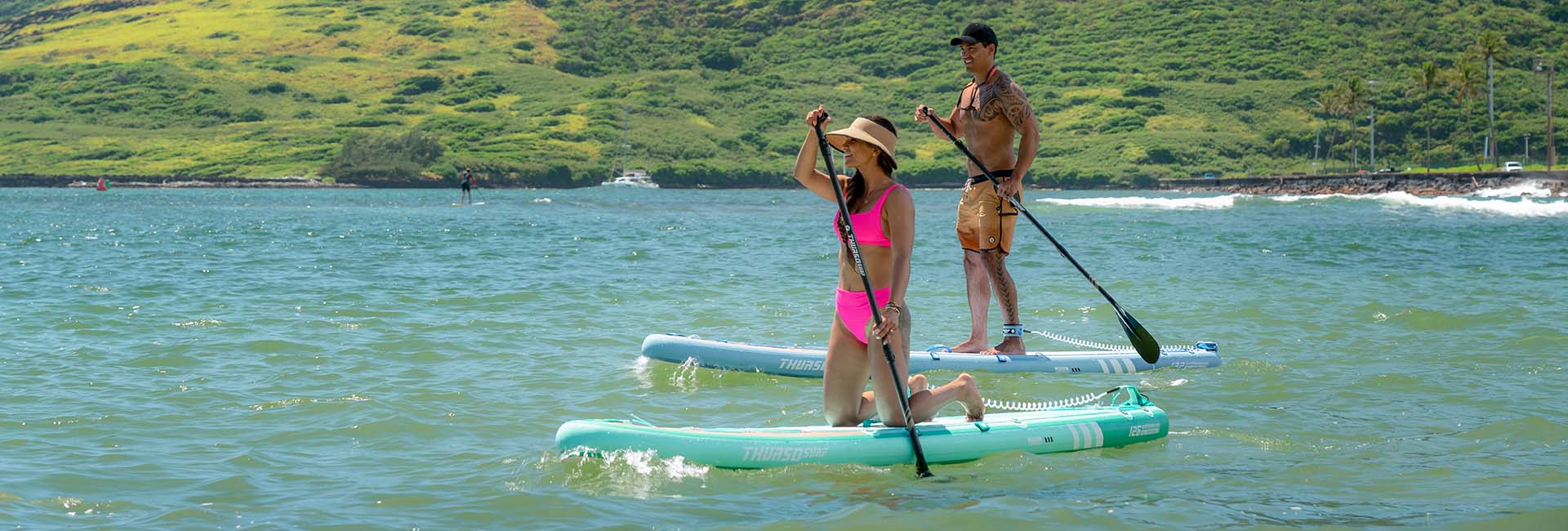
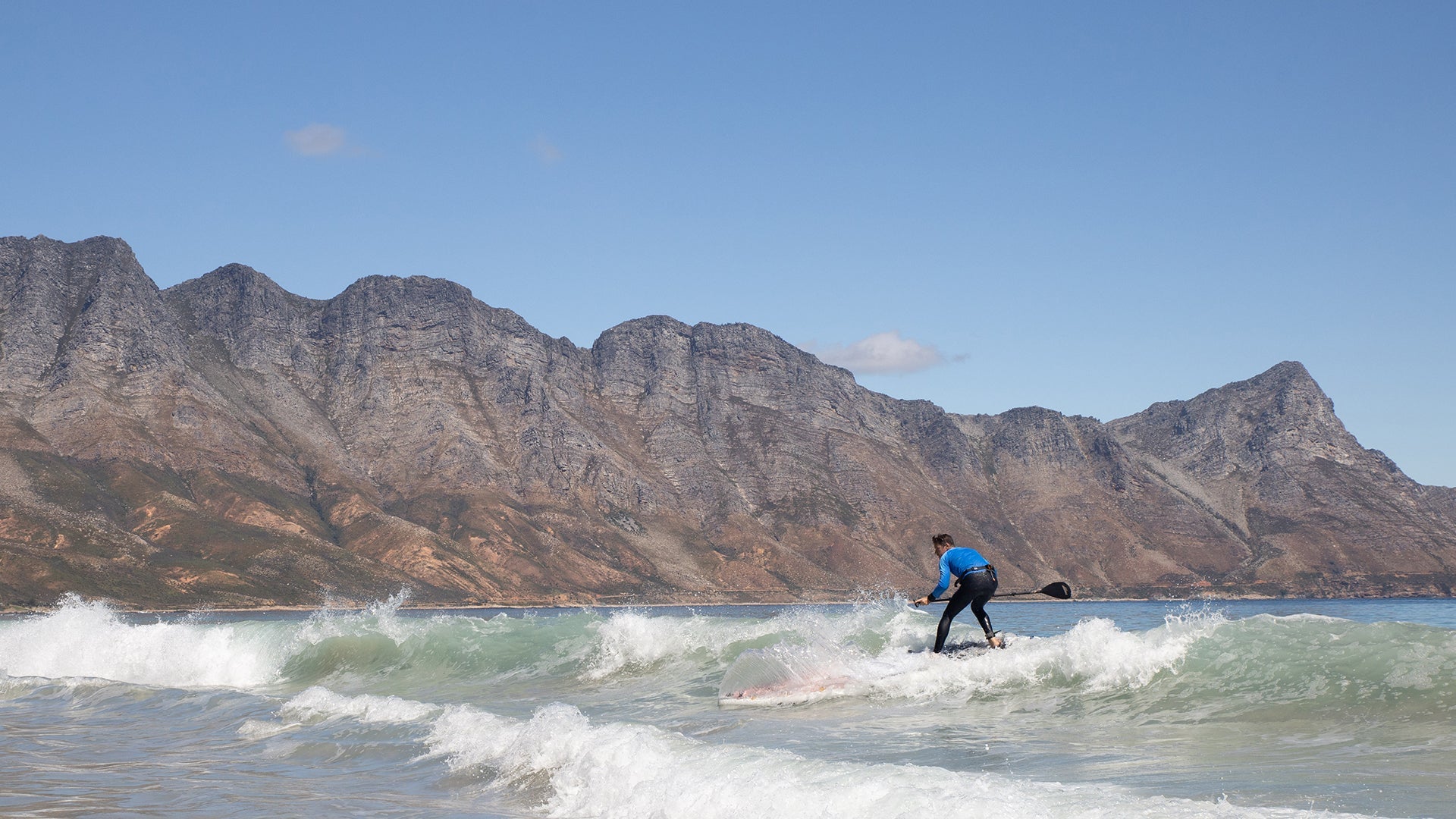
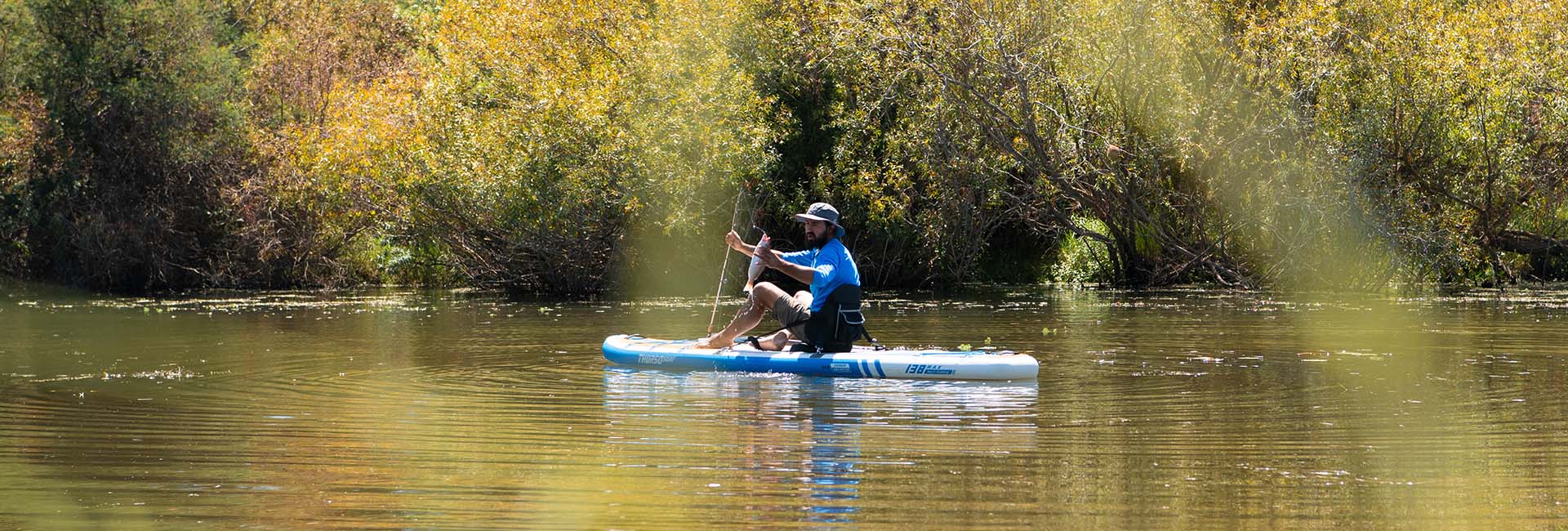
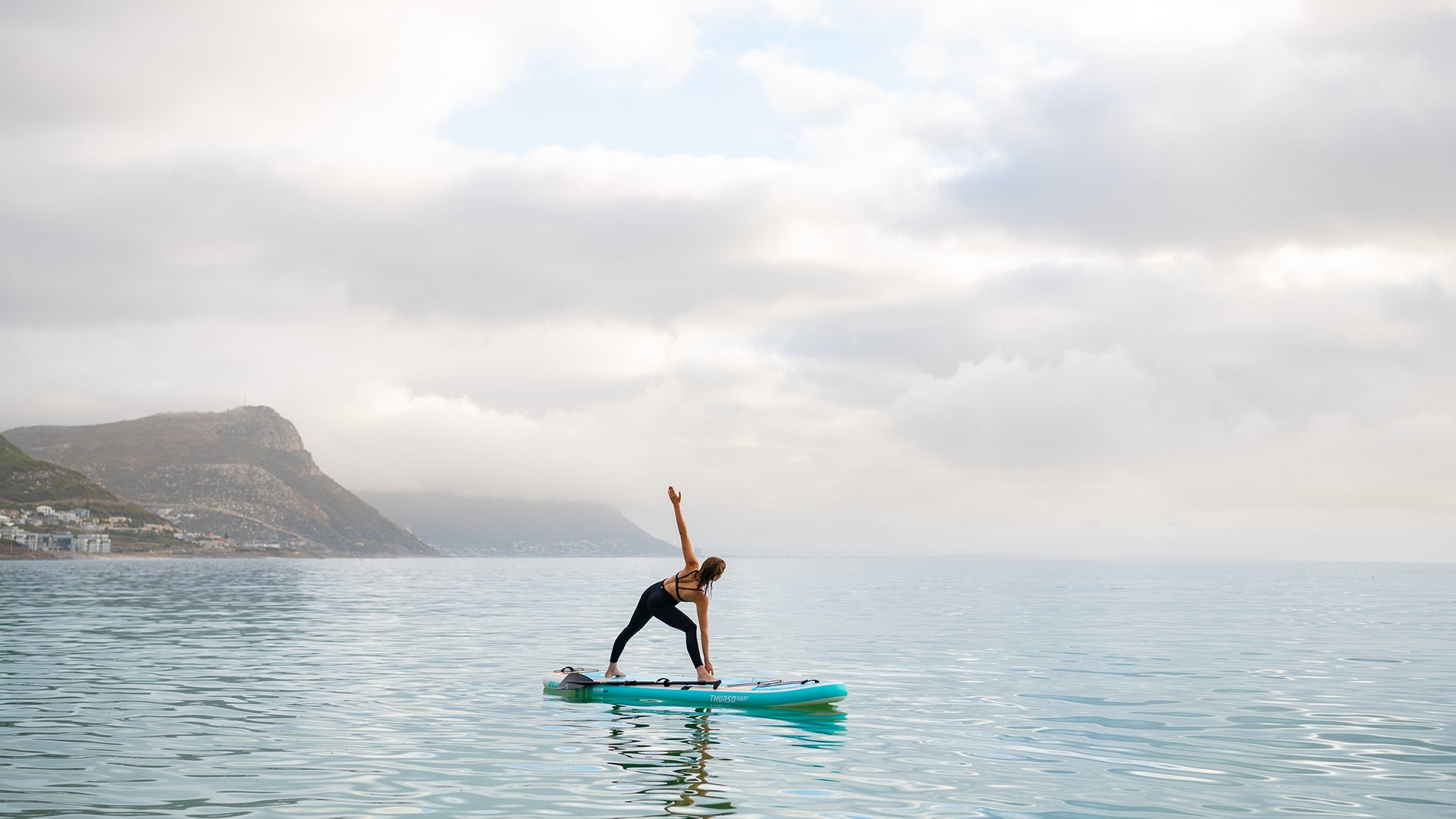
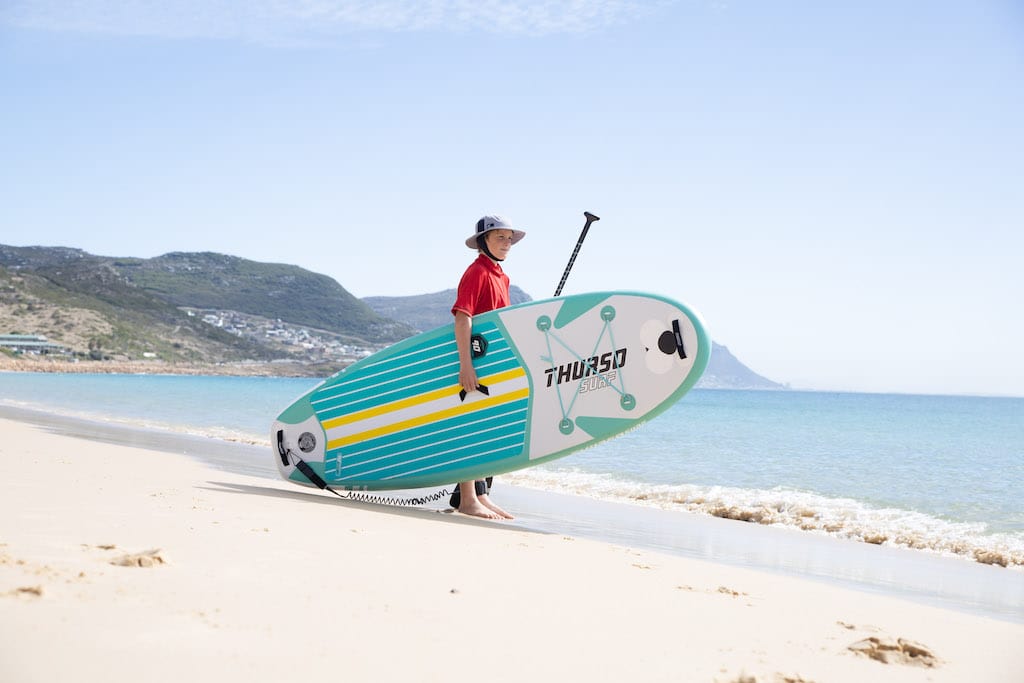
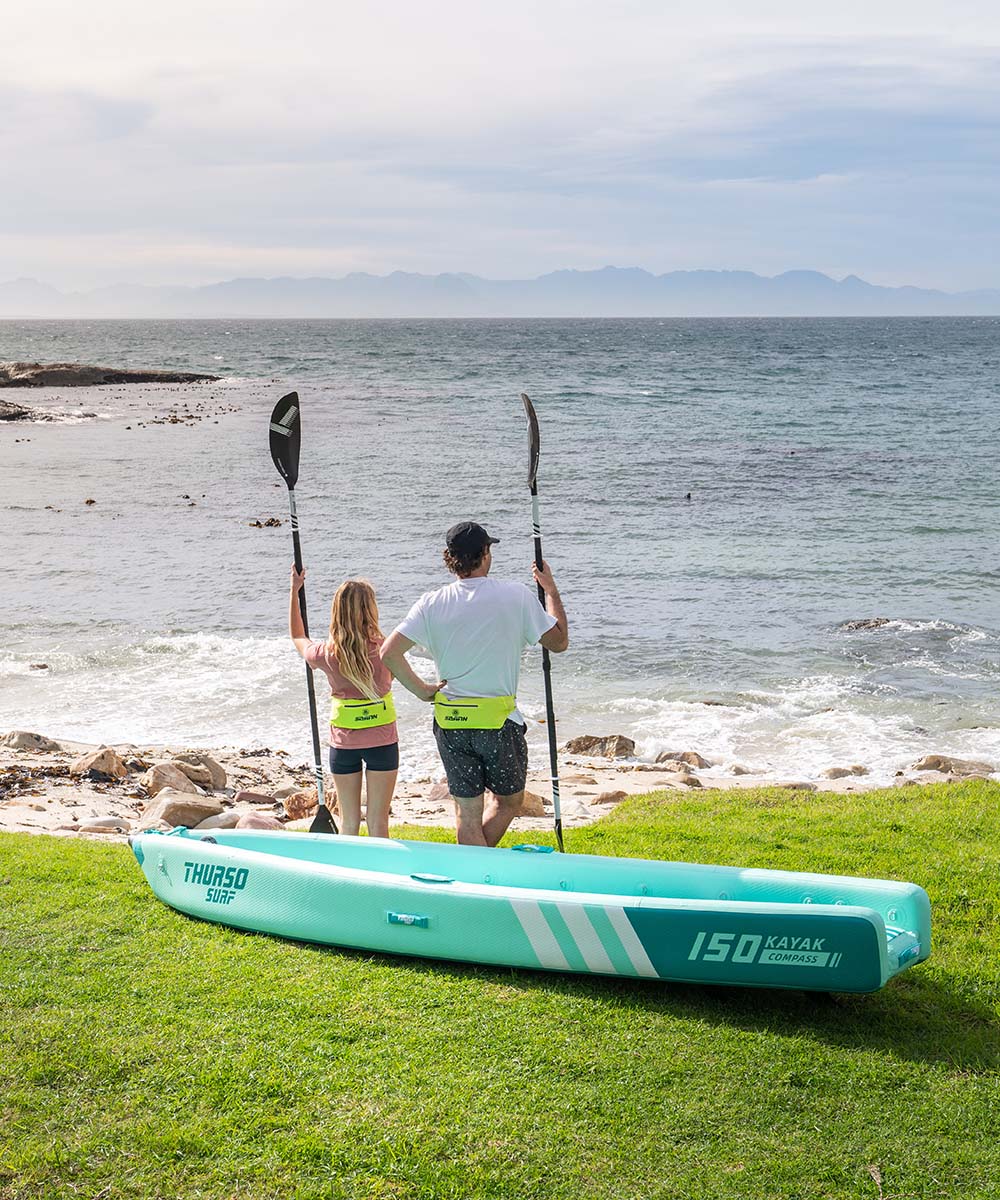
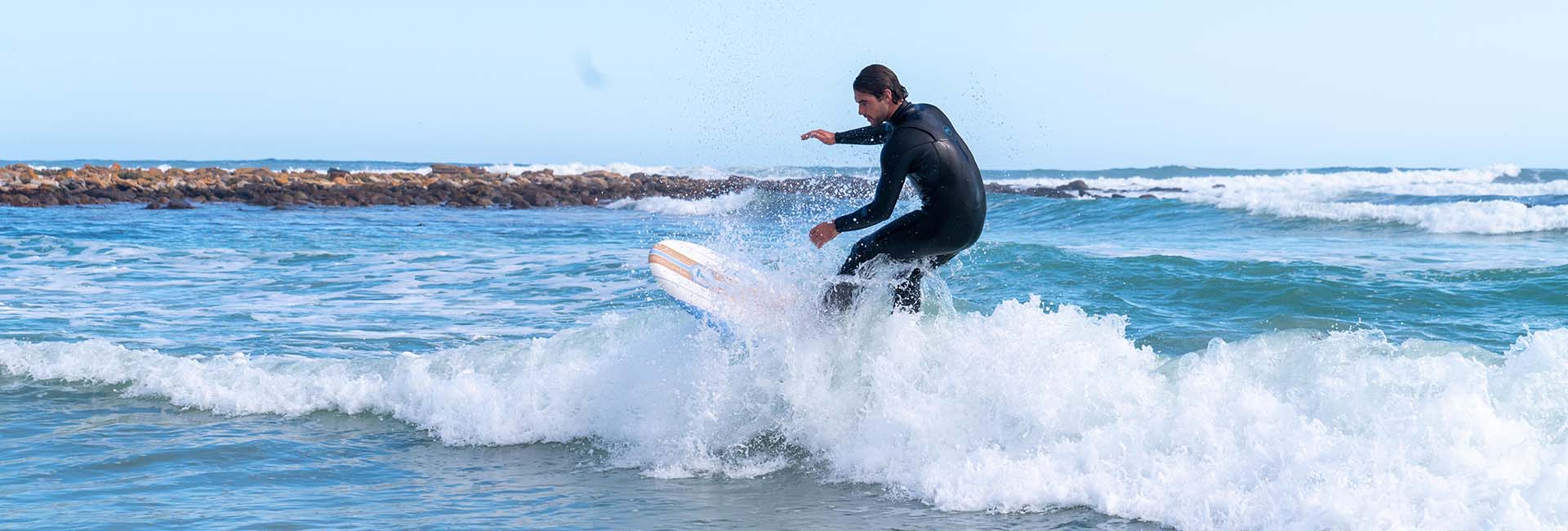
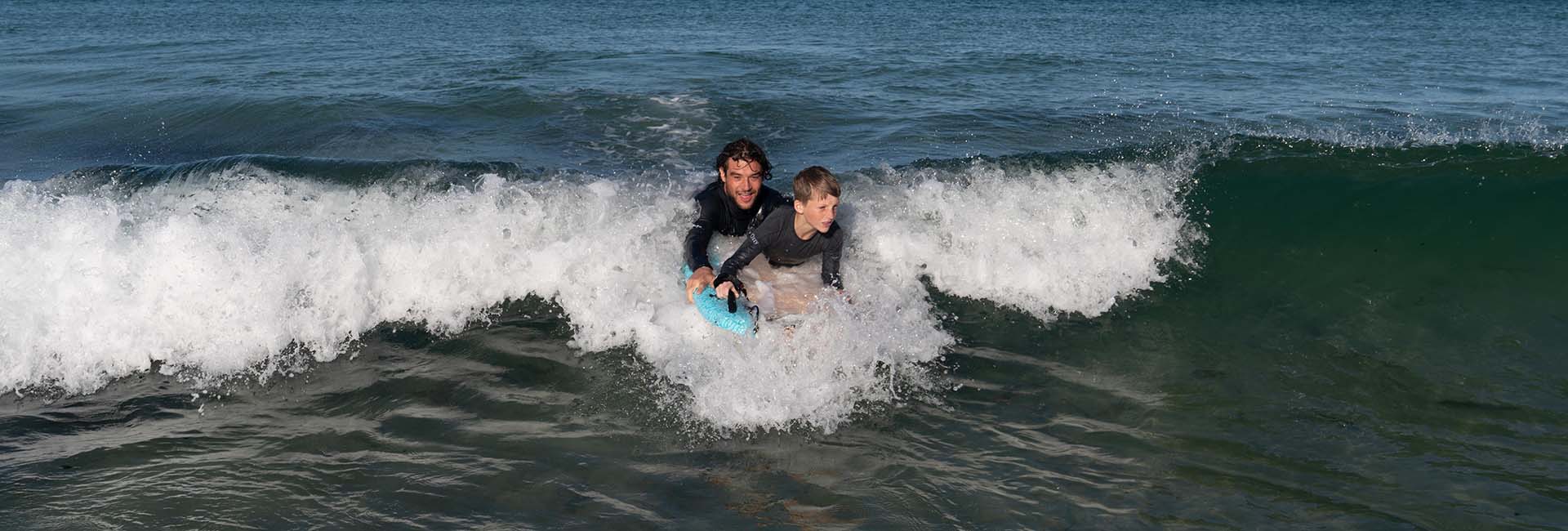
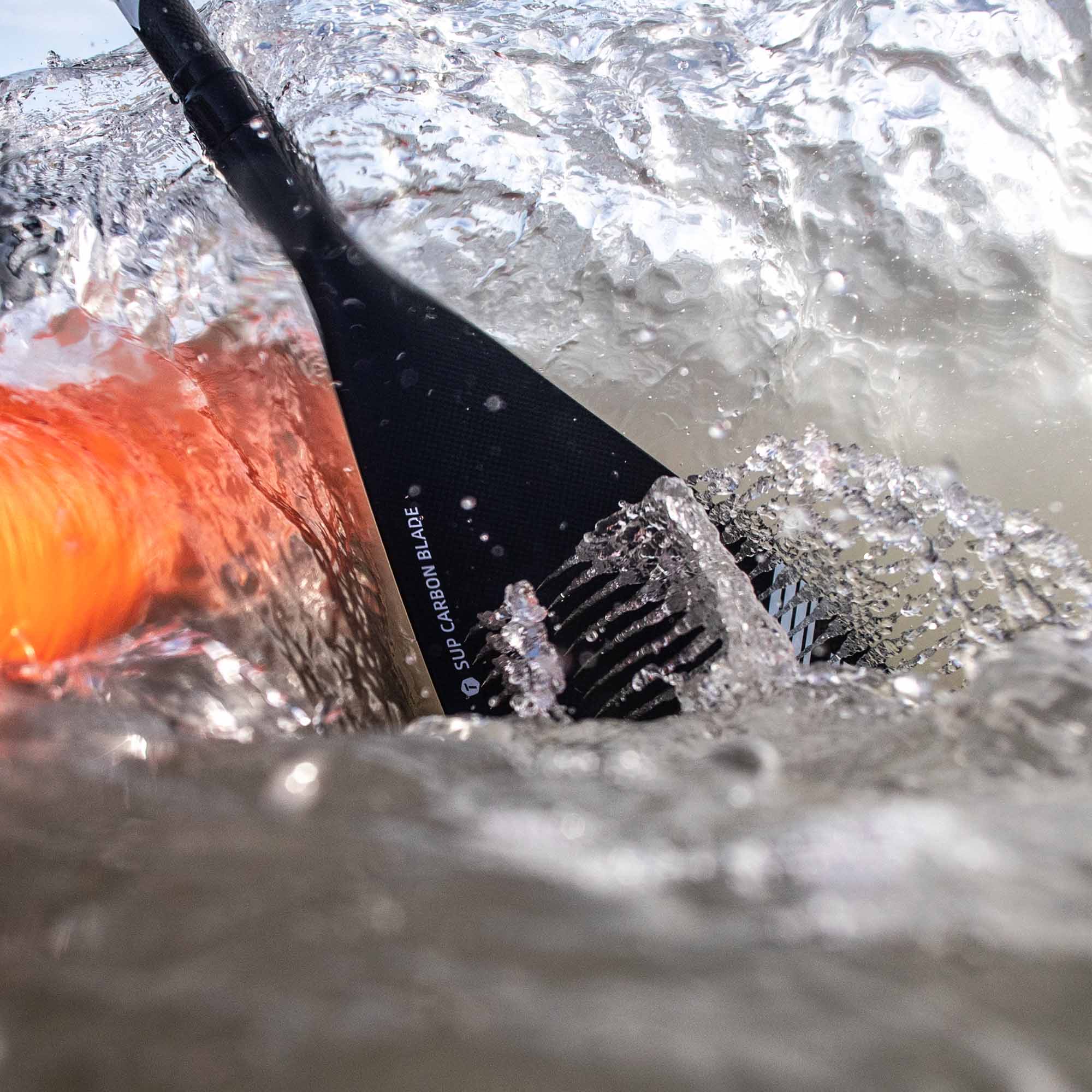
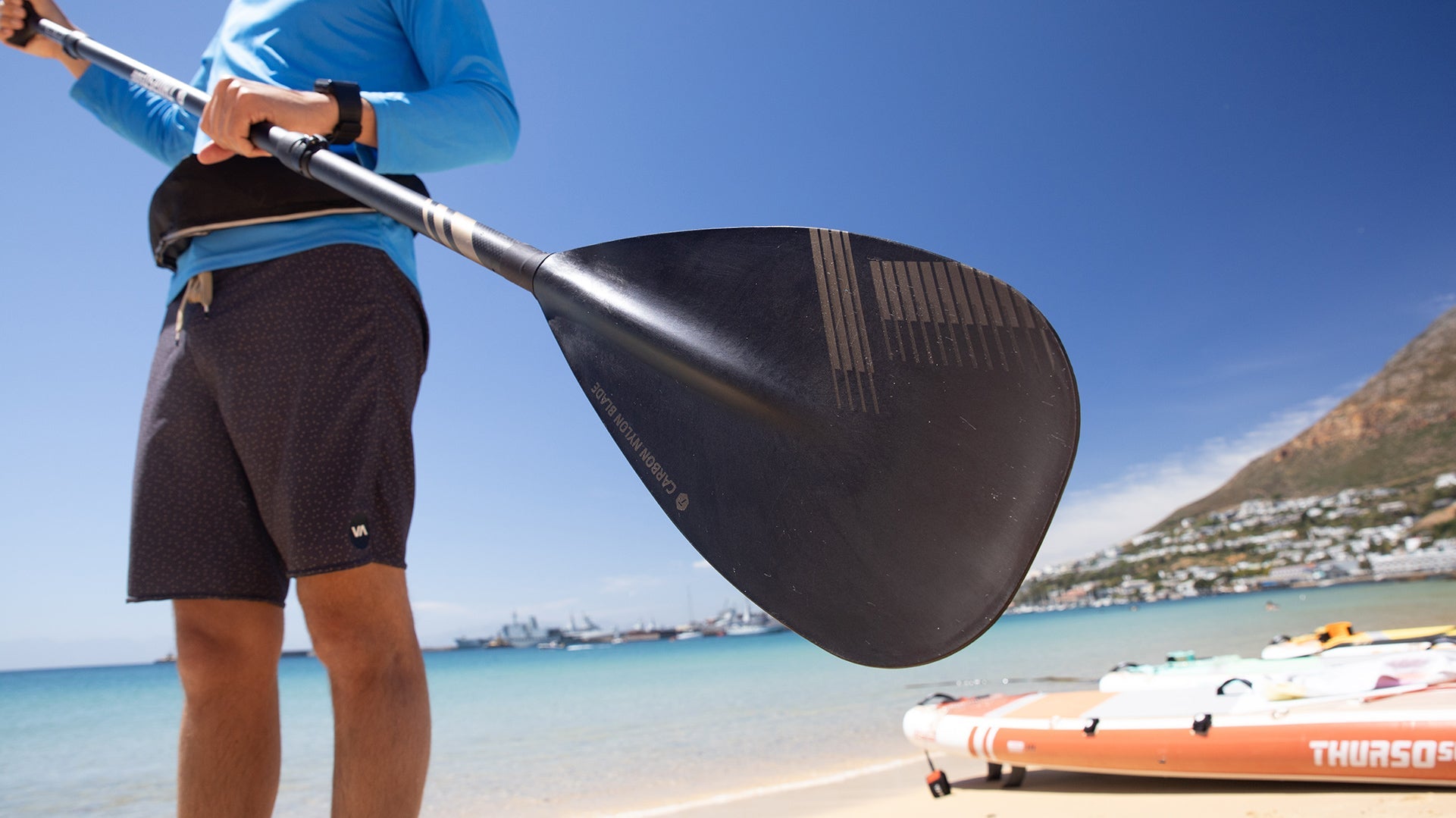
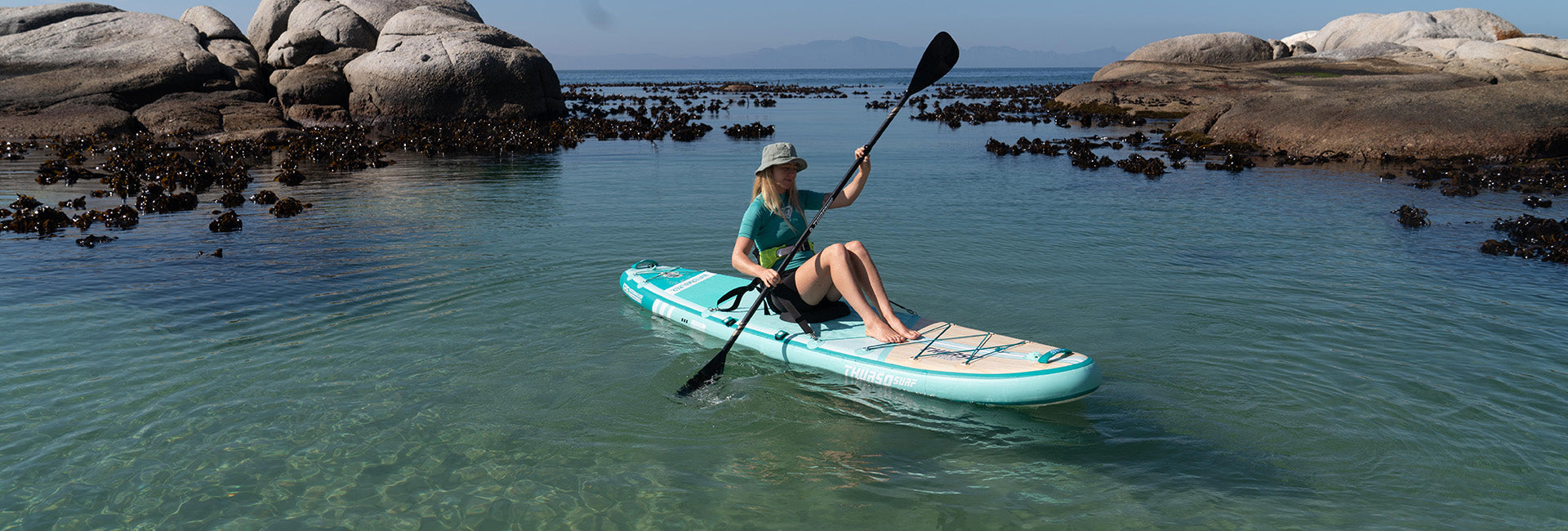

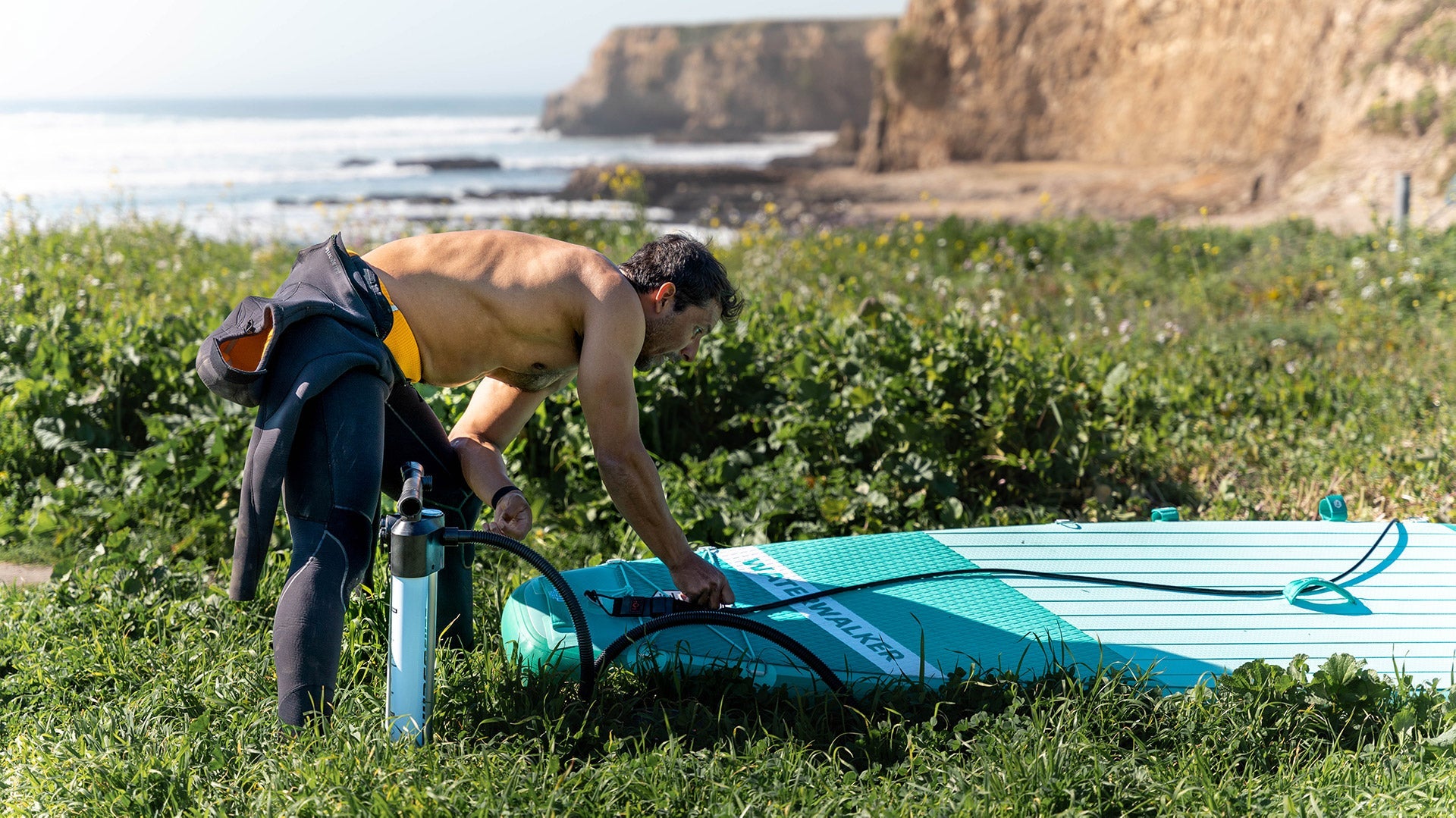
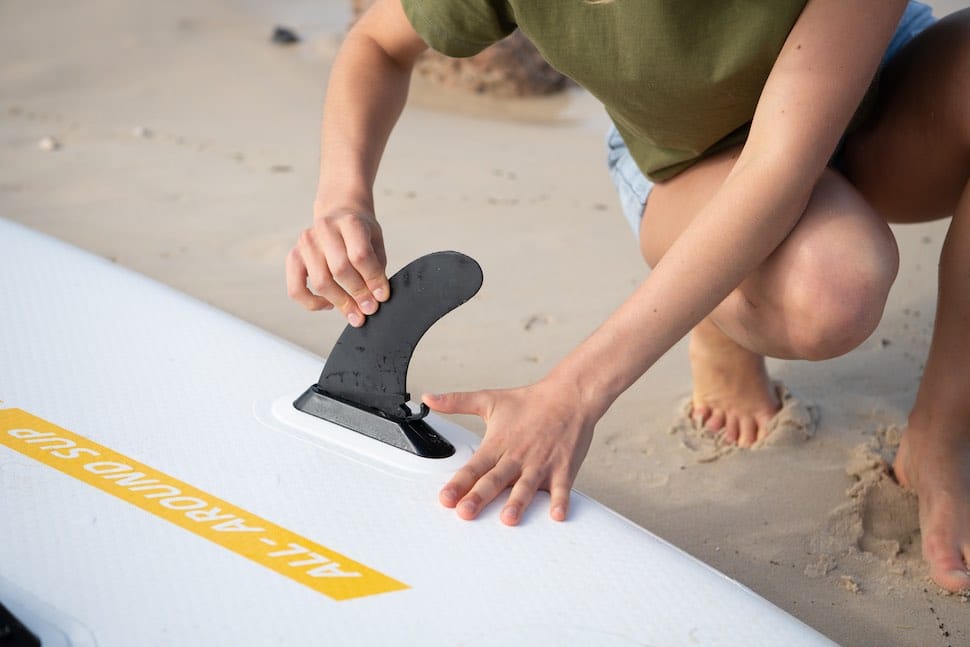
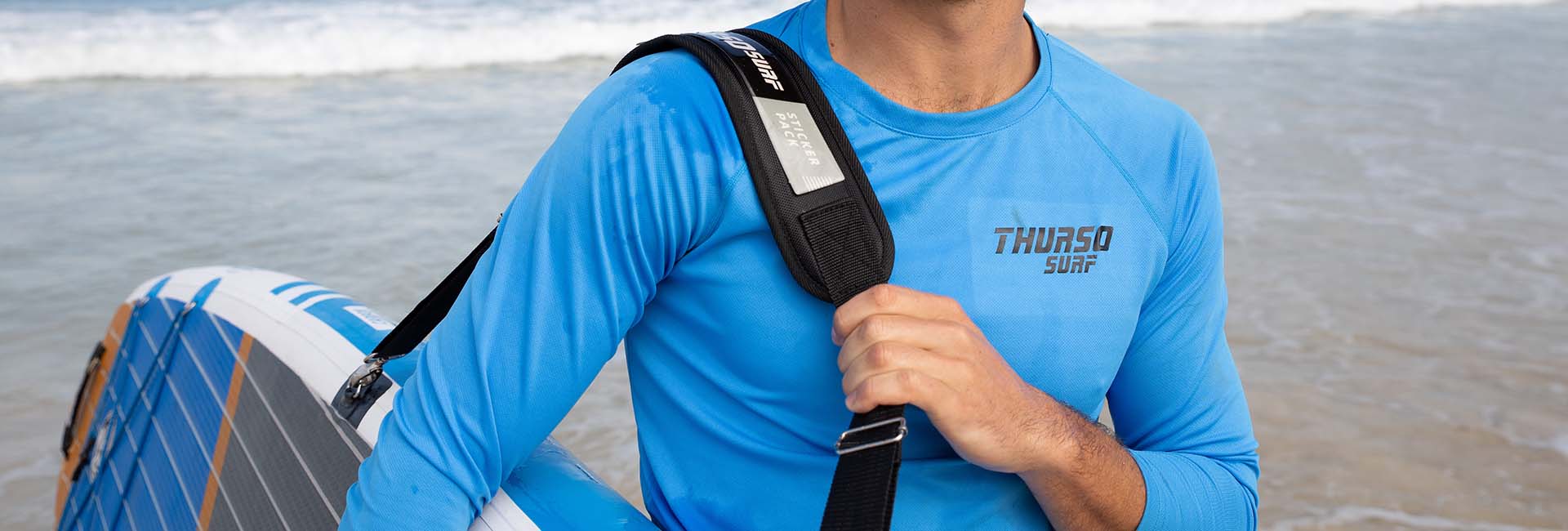
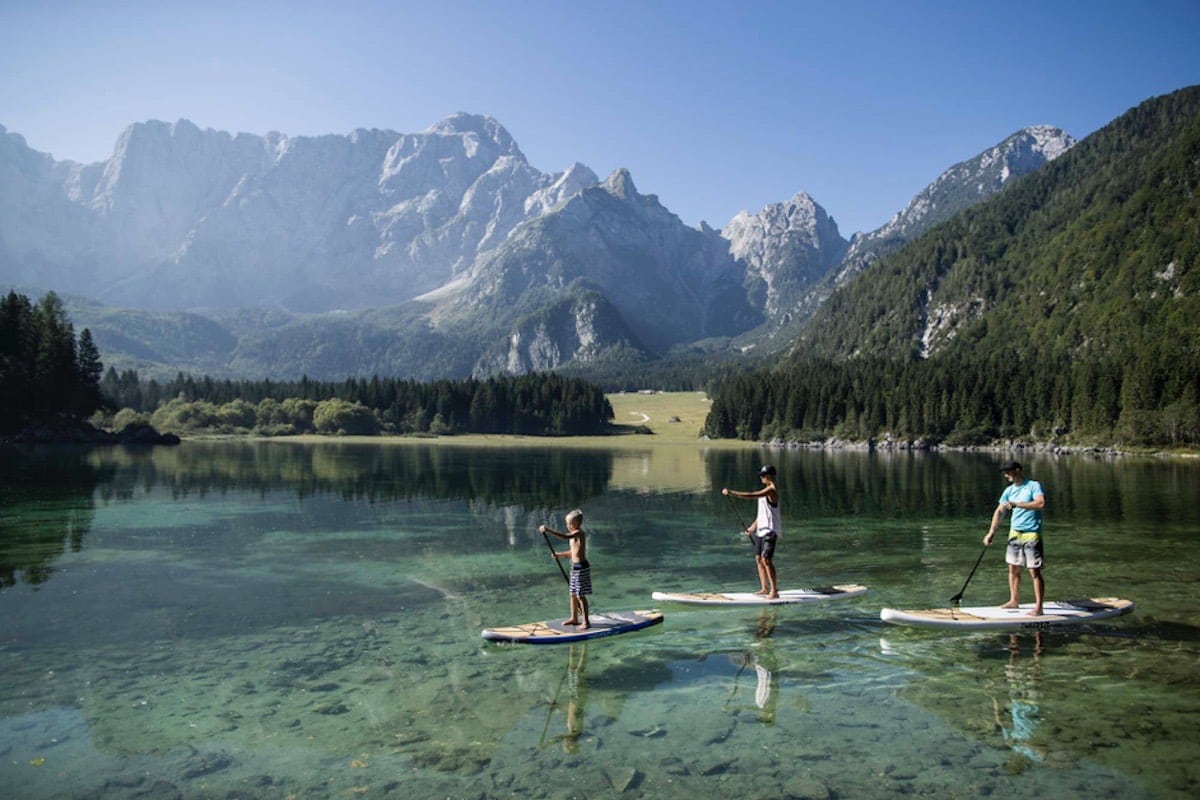

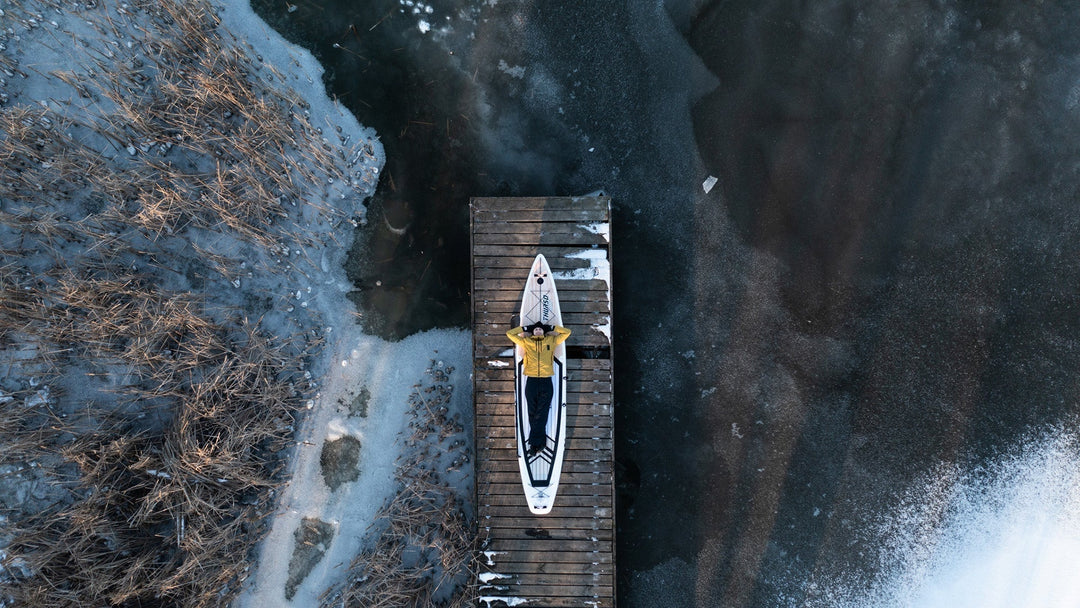
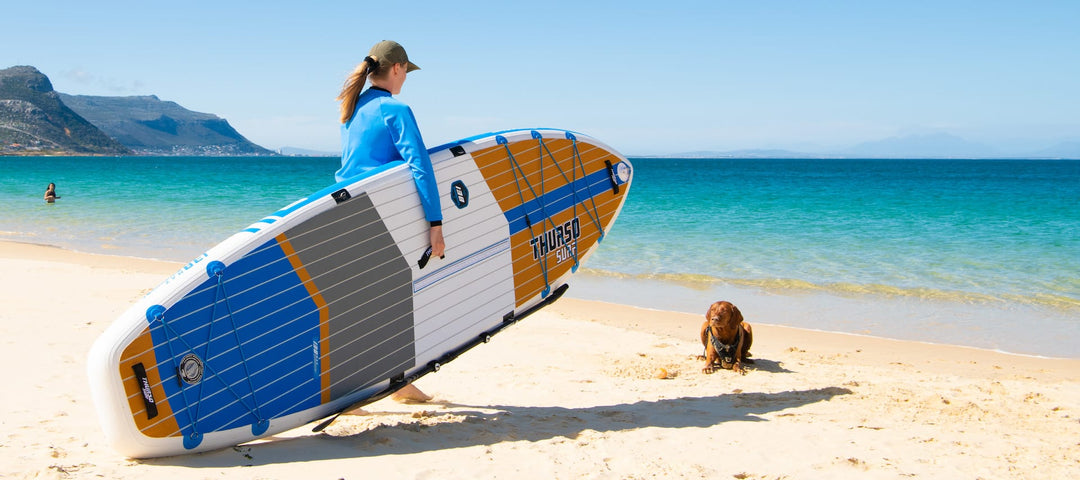
Leave a comment